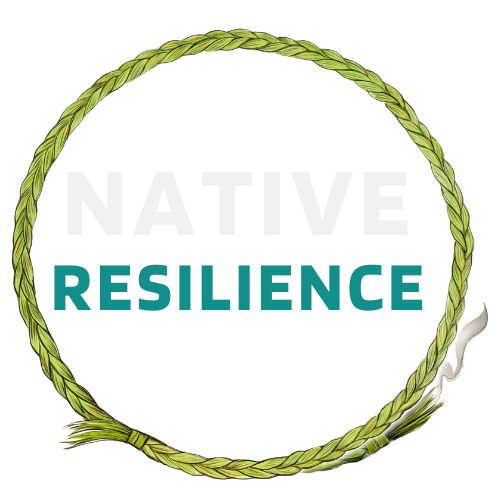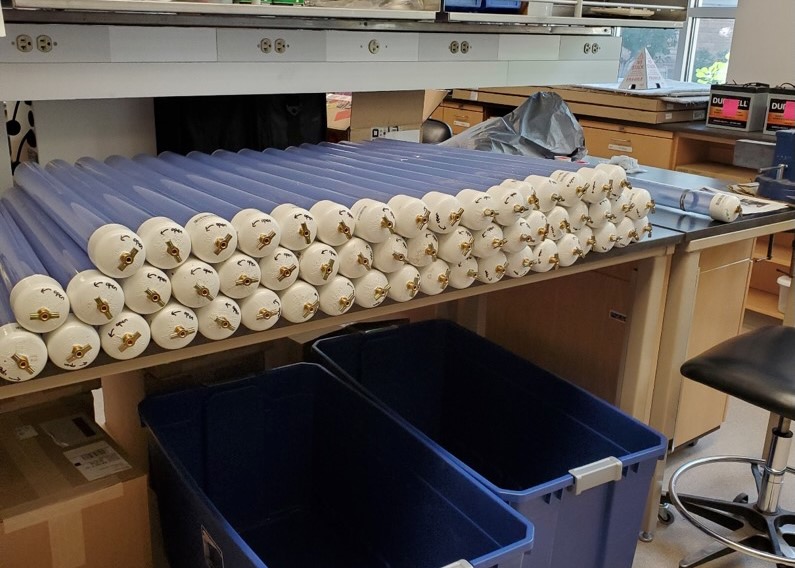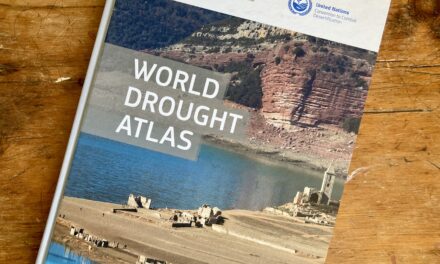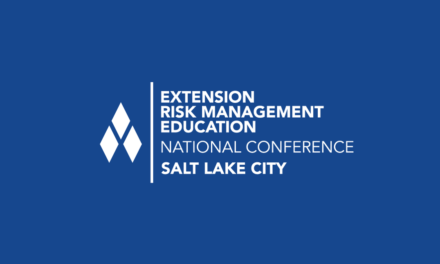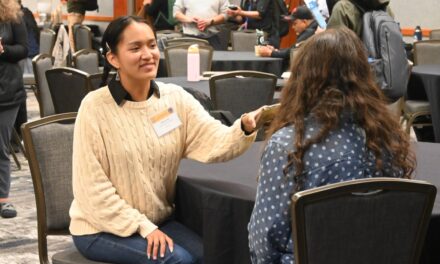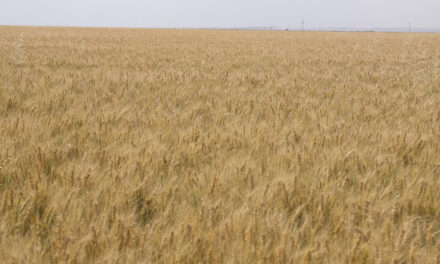For farmers and ranchers in the western US, figuring out how many animals the rangelands can support can be challenging when there is a lack of site-specific data on environmental conditions such as rainfall. To help with this, the University of Arizona and the USDA Southwest Climate Hub have launched a new monitoring tool called MyRAINge Log (https://myraingelog.arizona.edu/), which allows farmers and ranchers to collect, record, and use their own rainfall observations from their remote rangeland sites to support their management decisions.
Participants begin by signing up for an account on the MyRAINge Log website and creating a do-it-yourself precipitation gauge using clear PVC pipe and other materials. Then, they install the precipitation gauge at any location where they would like to monitor rainfall. These low-maintenance gauges can be monitored on any schedule that is convenient to the participant and emptied at the end of the year.
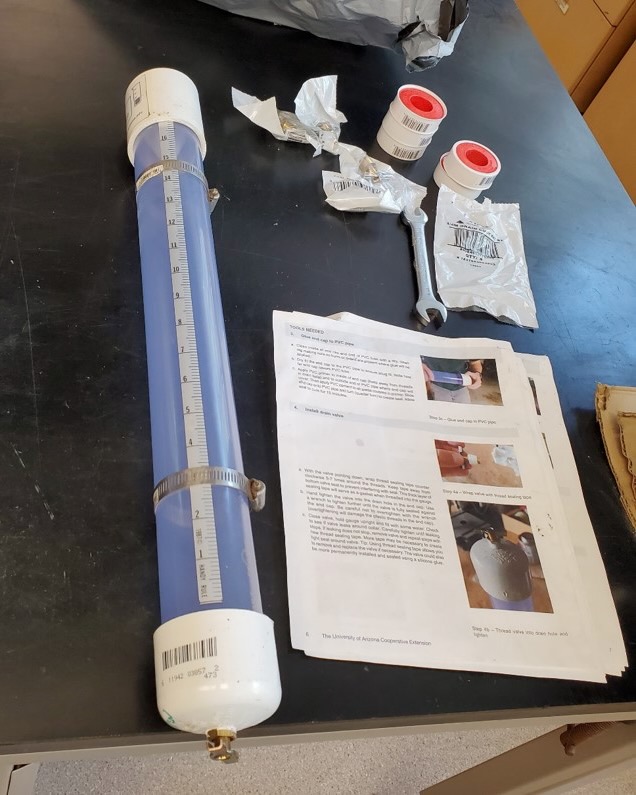
“Most of the materials you can buy at your local hardware store,” explained Helena Deswood, Tribal Coordinator for the USDA Southwest Climate Hub. “You can put it in more remote locations out on the range and put it at different elevations on the rangelands where you’re grazing your cattle.”
After a rainfall event, participants can check their gauges and submit their precipitation observations onto a public-facing map on the MyRAINge Log website. Here, you can track rainfall observations for your rangeland site over time, and compare amounts observed against historical averages.
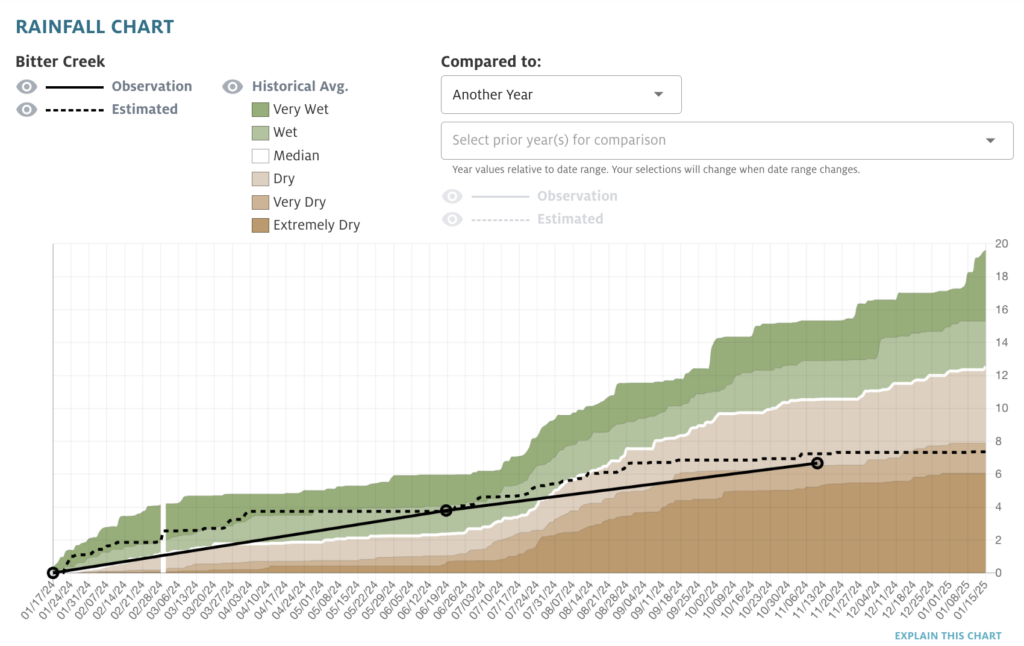
To get the first group of tribal farmers and ranchers up and running with this monitoring tool, Deswood constructed 50 rain gauges for a workshop that was co-hosted with the Pueblo of Santa Ana in June 2022. She has also presented at drought workshops in the Southwest, the Navajo Farmer and Rancher Congress meeting, and is planning some upcoming hands-on workshops to build more rain gauges. At present, there are 85 participants actively using the MyRAINge Log system, with over 10,000 observations recorded. Anyone interested in learning more can visit the MyRAINge Log website or contact Helena Deswood, [email protected].
